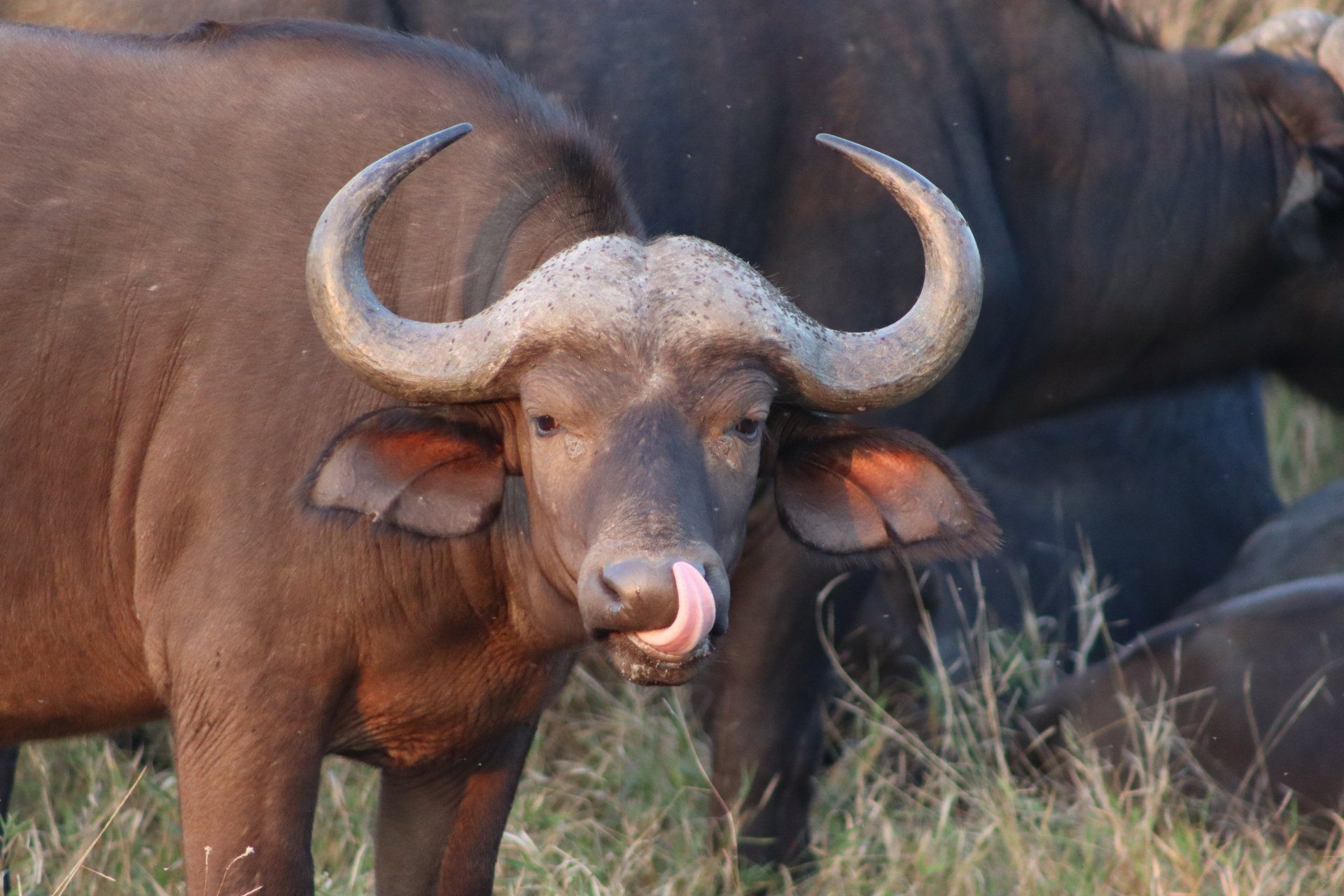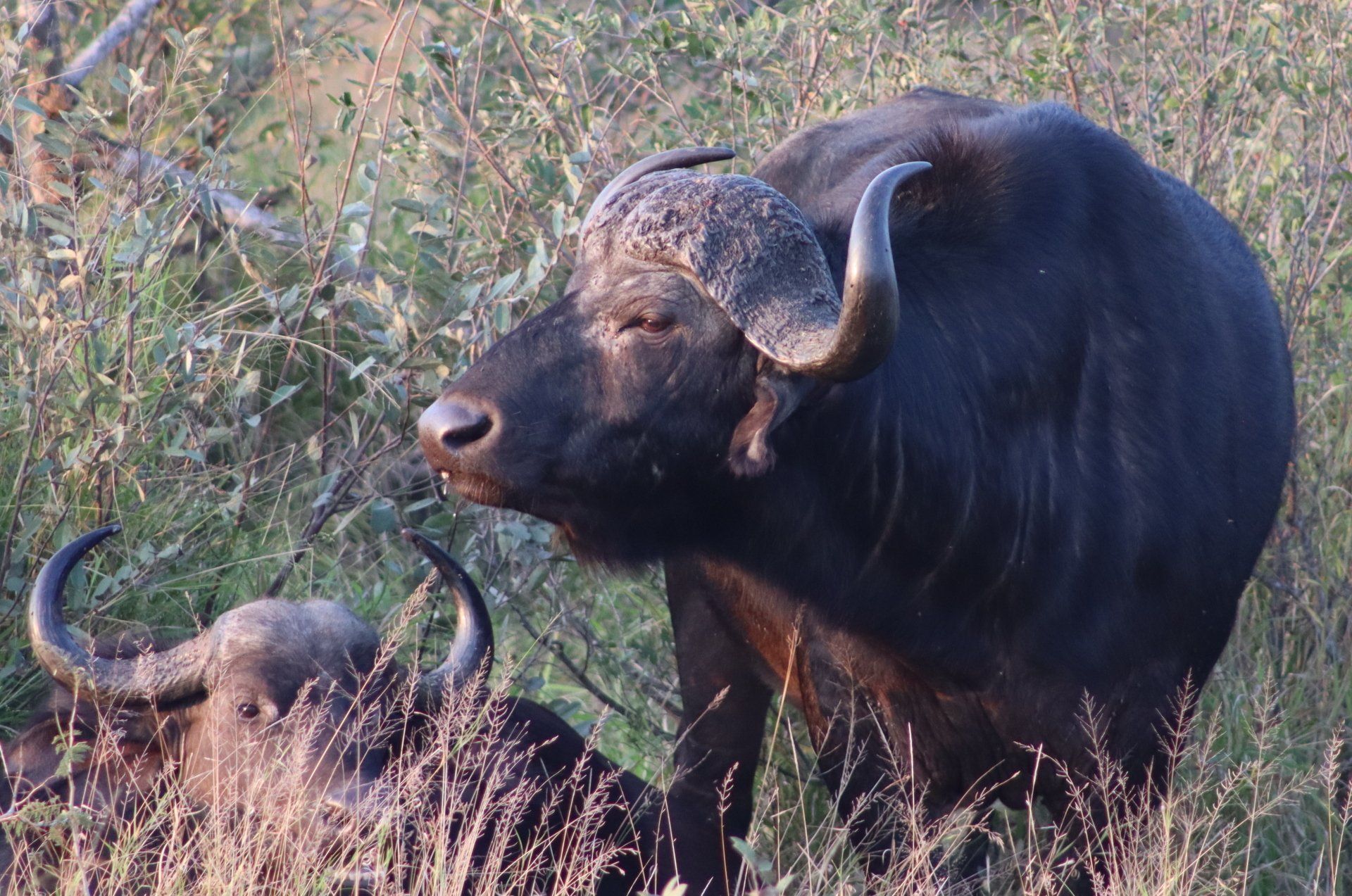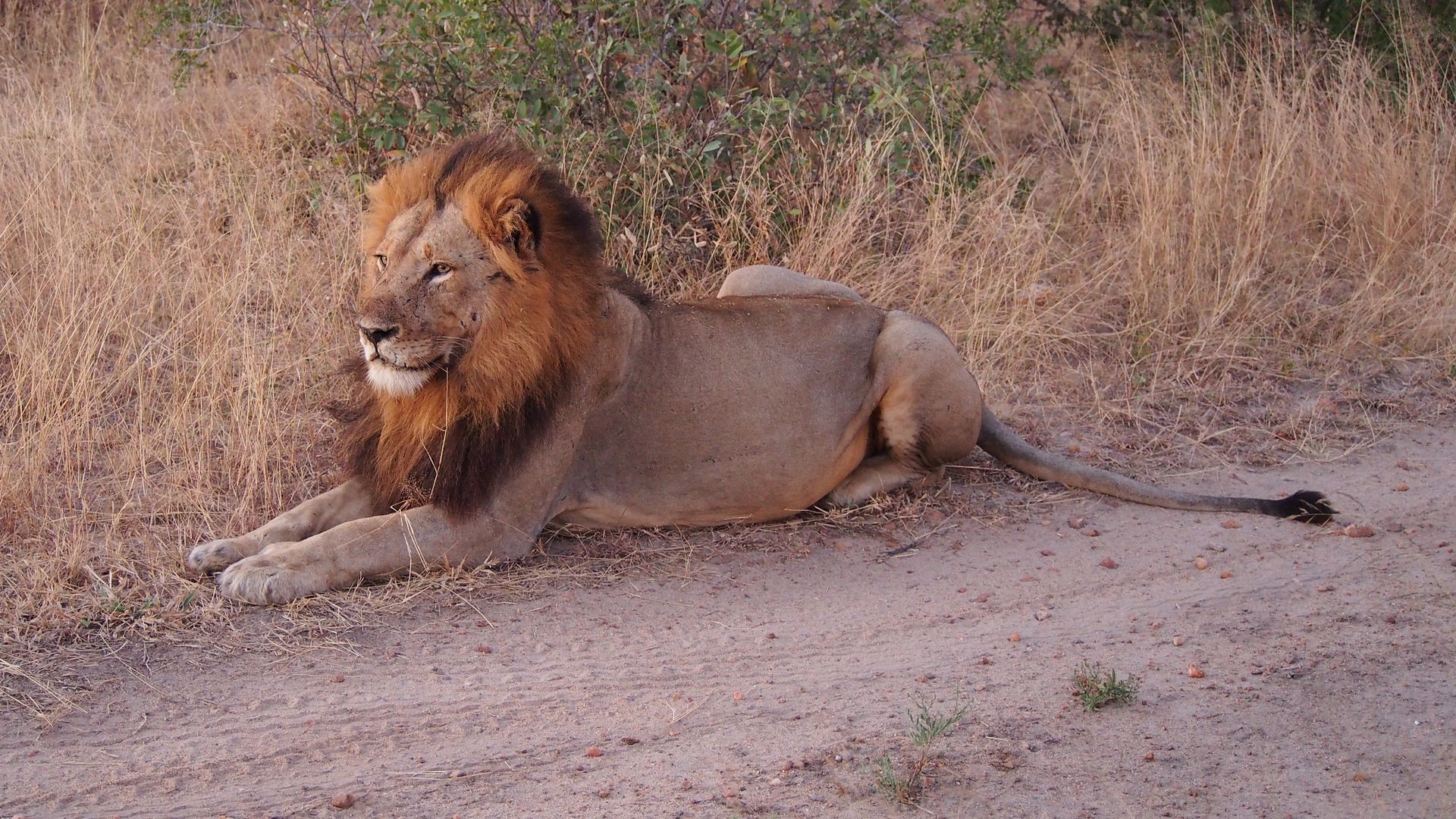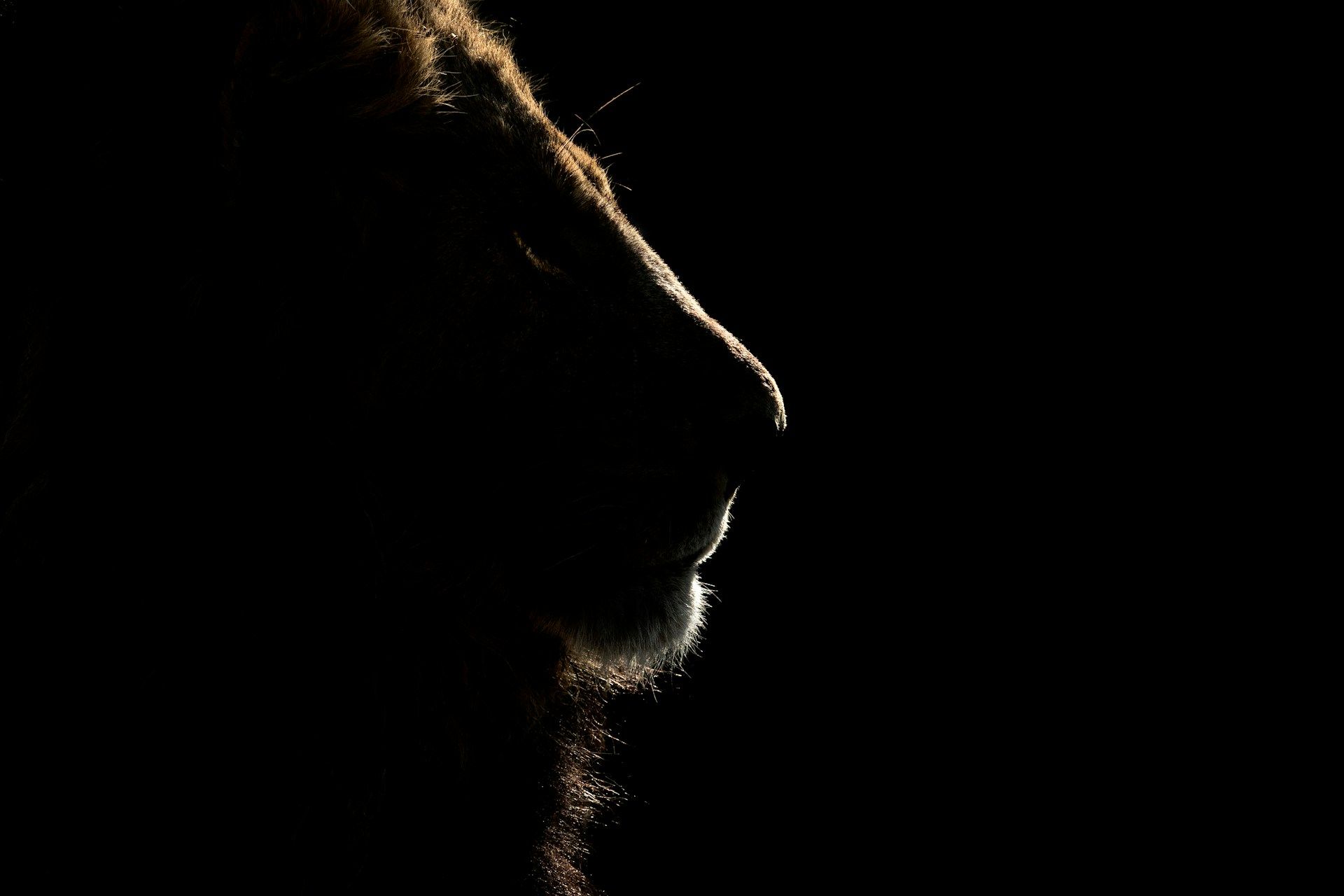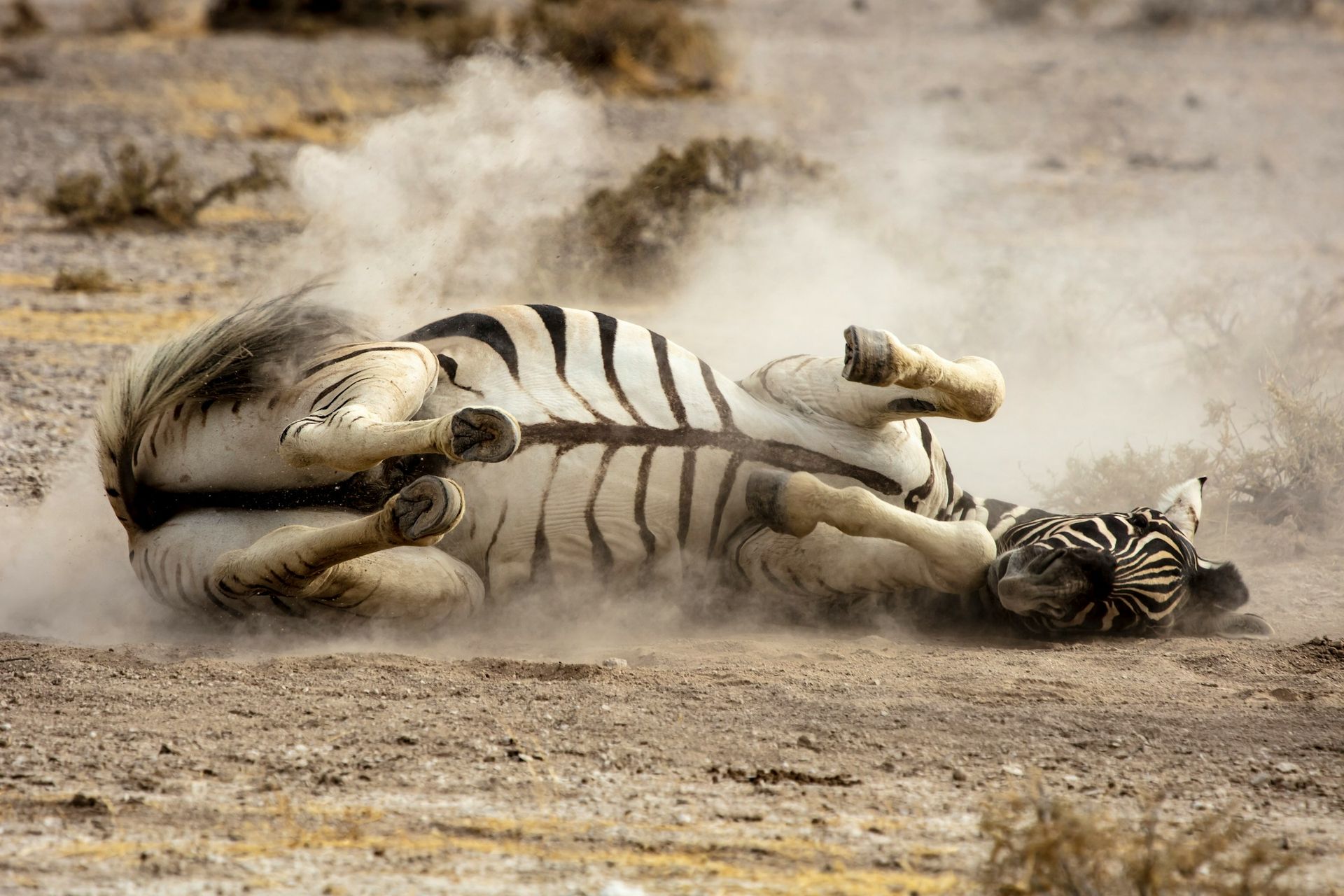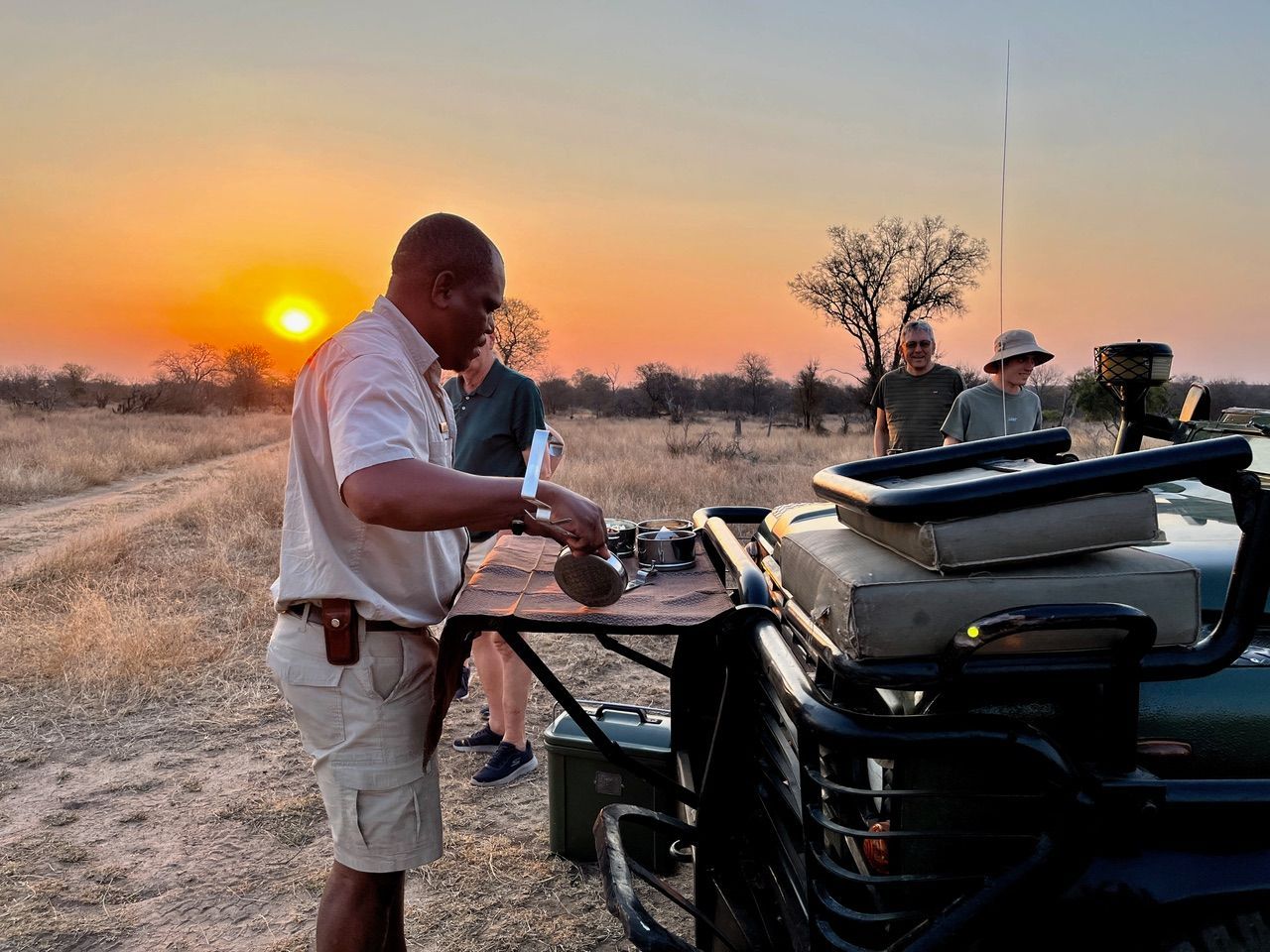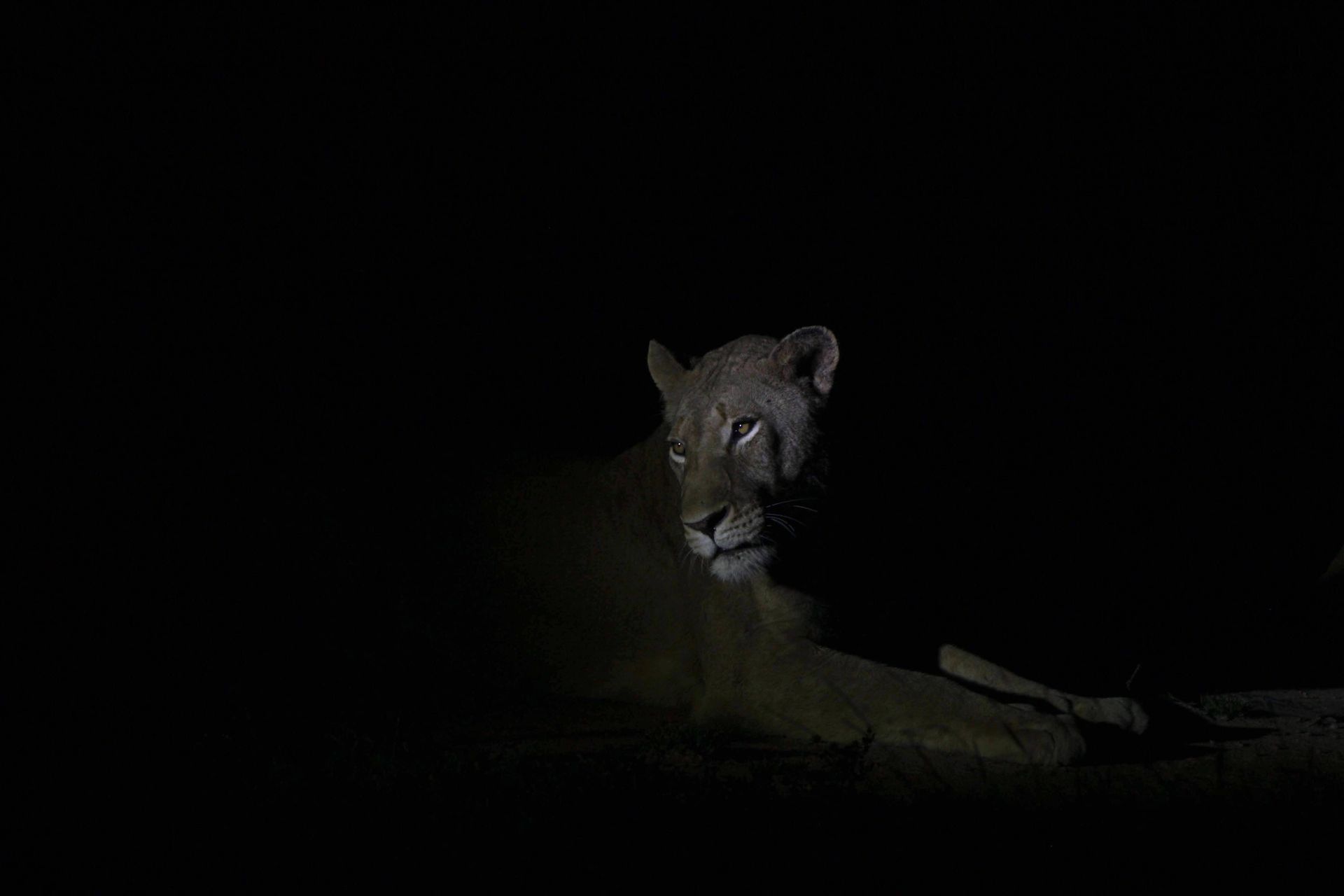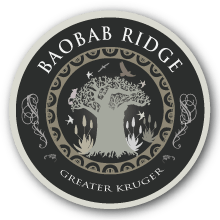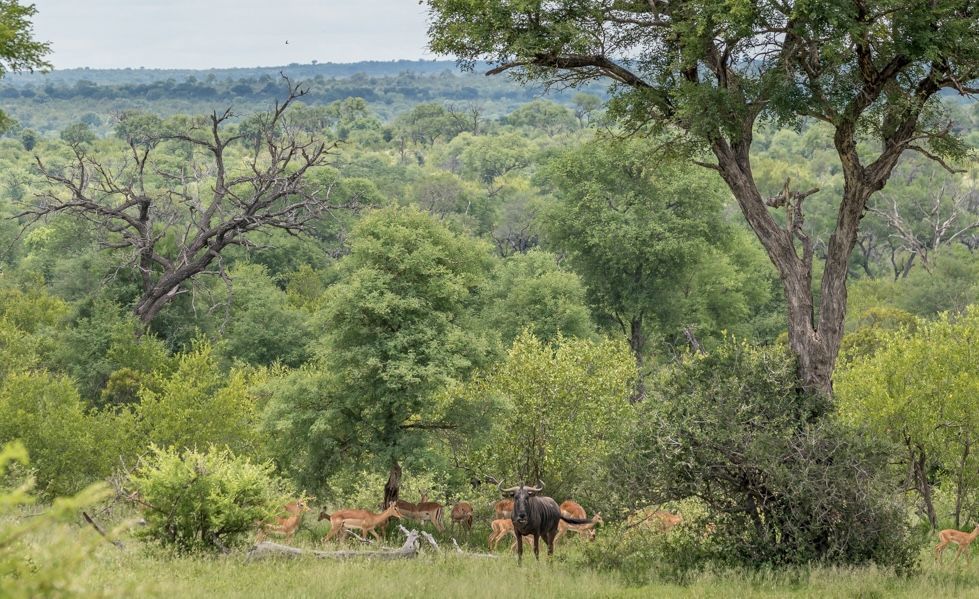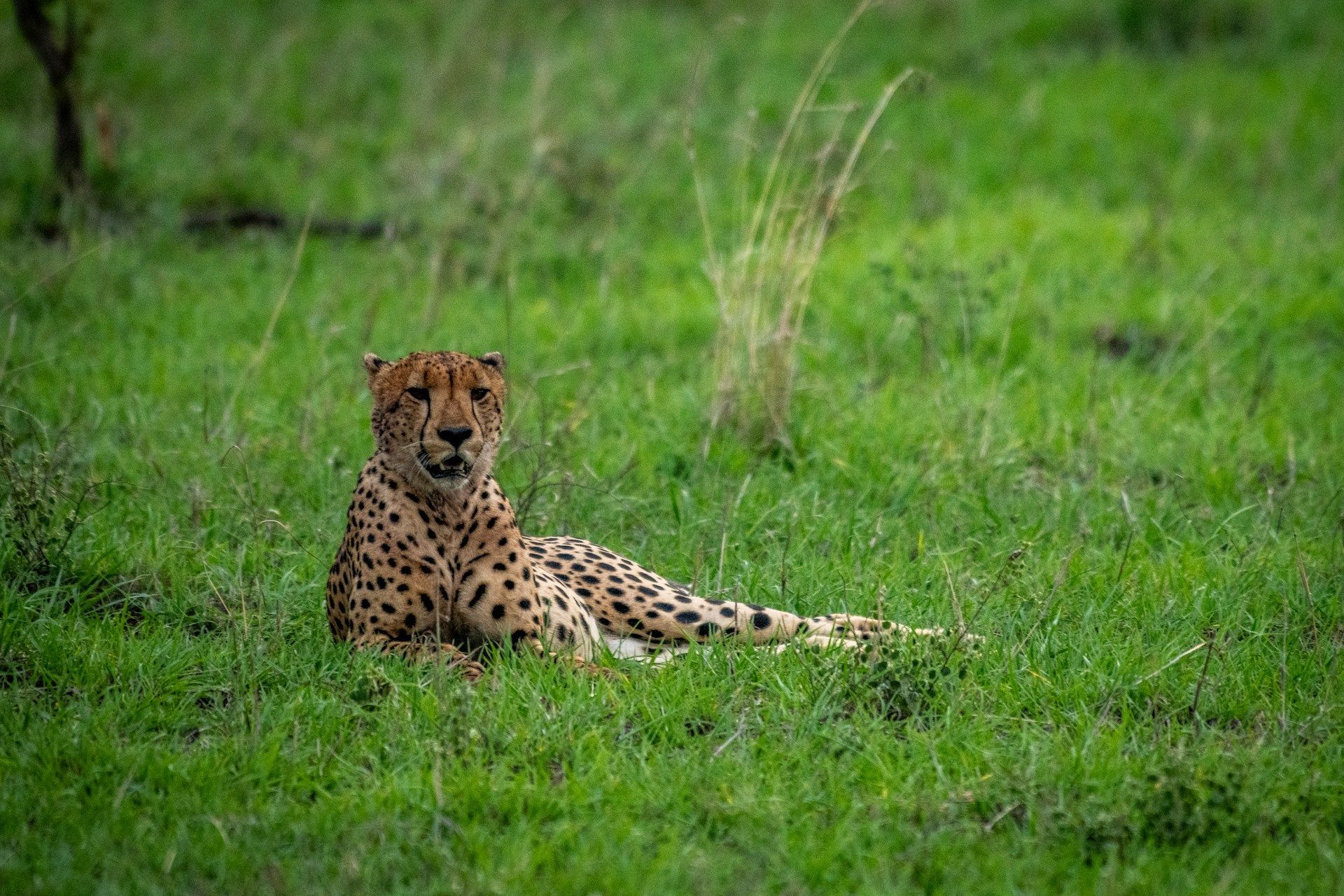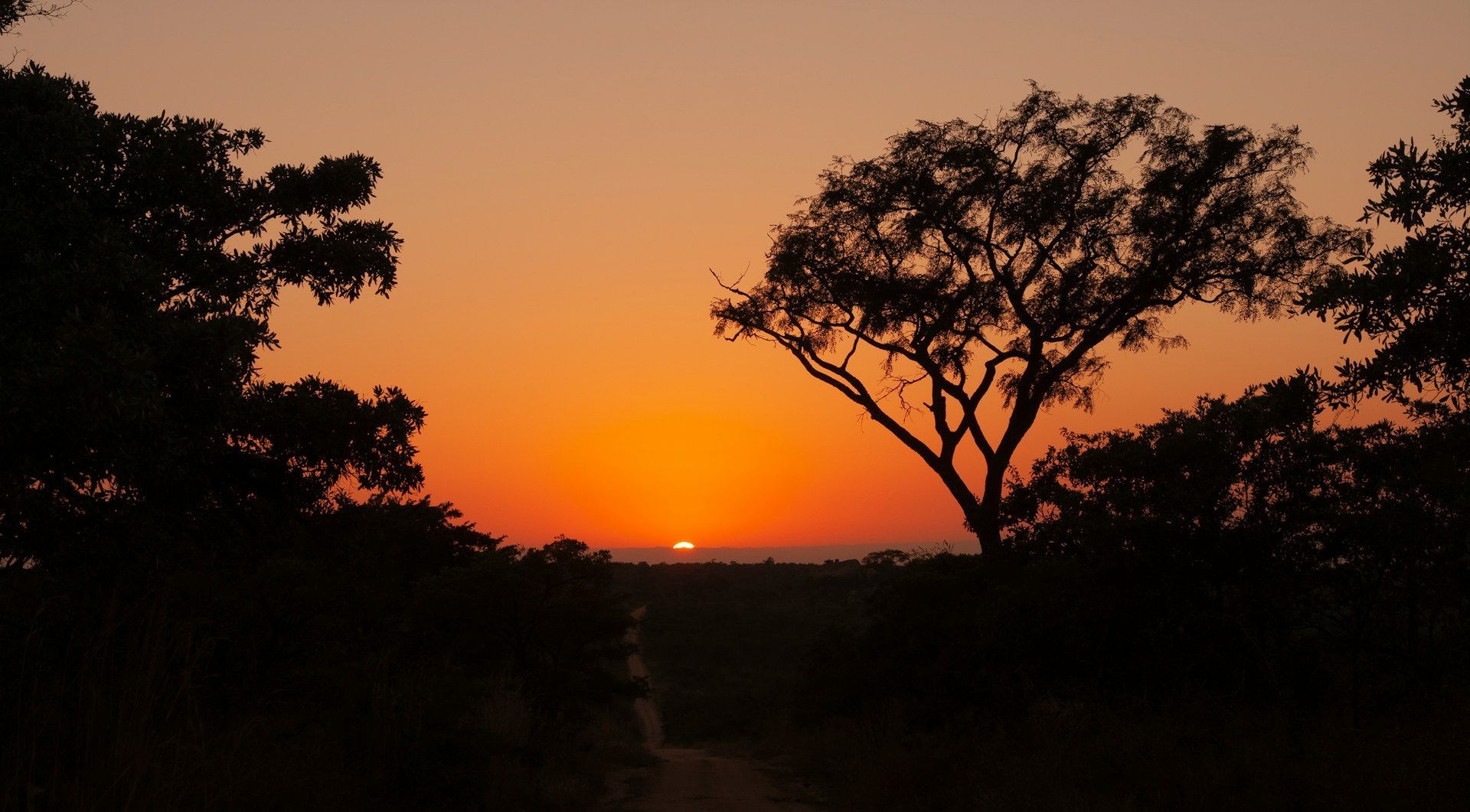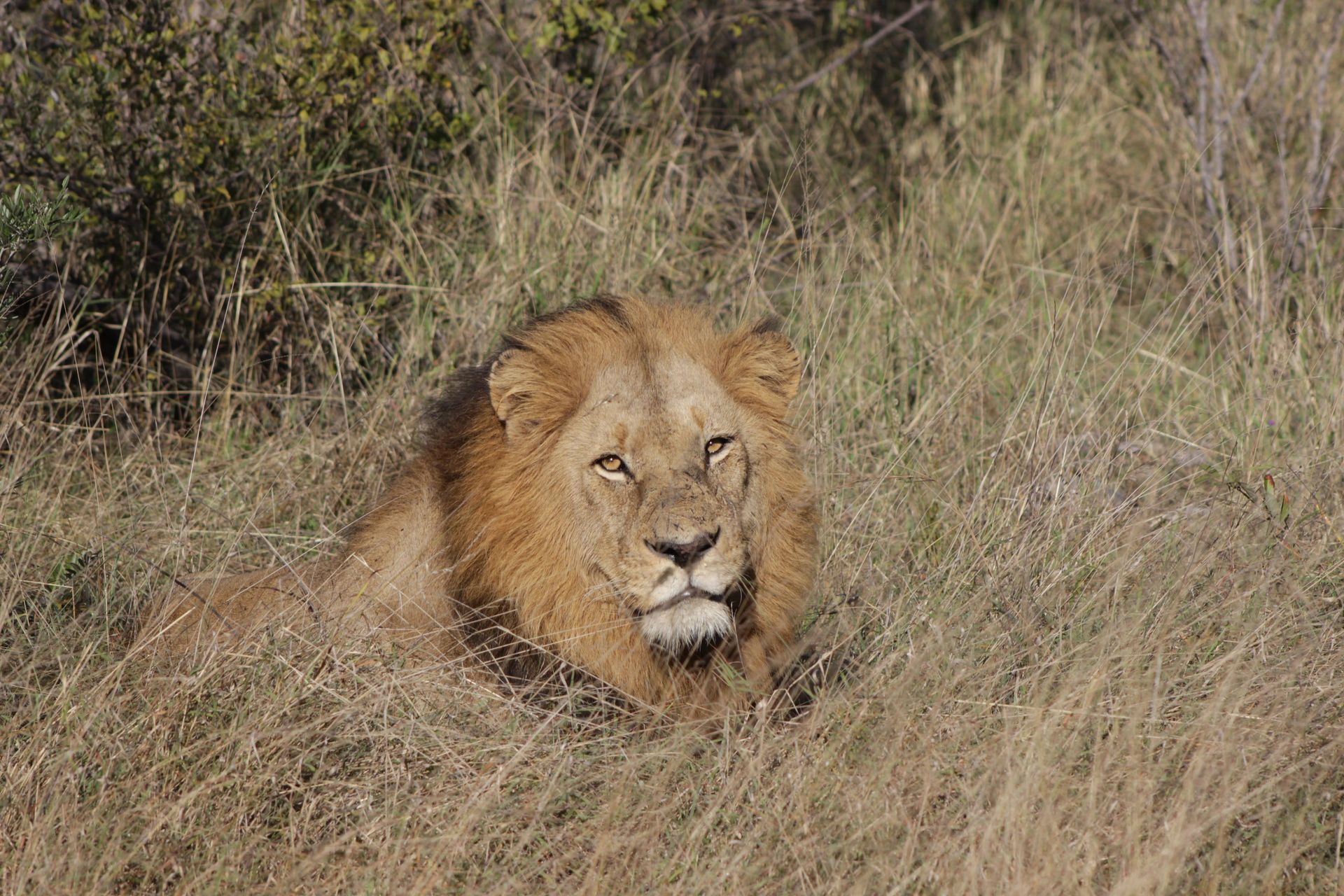Grumpy, unpredictable and gloriously wild
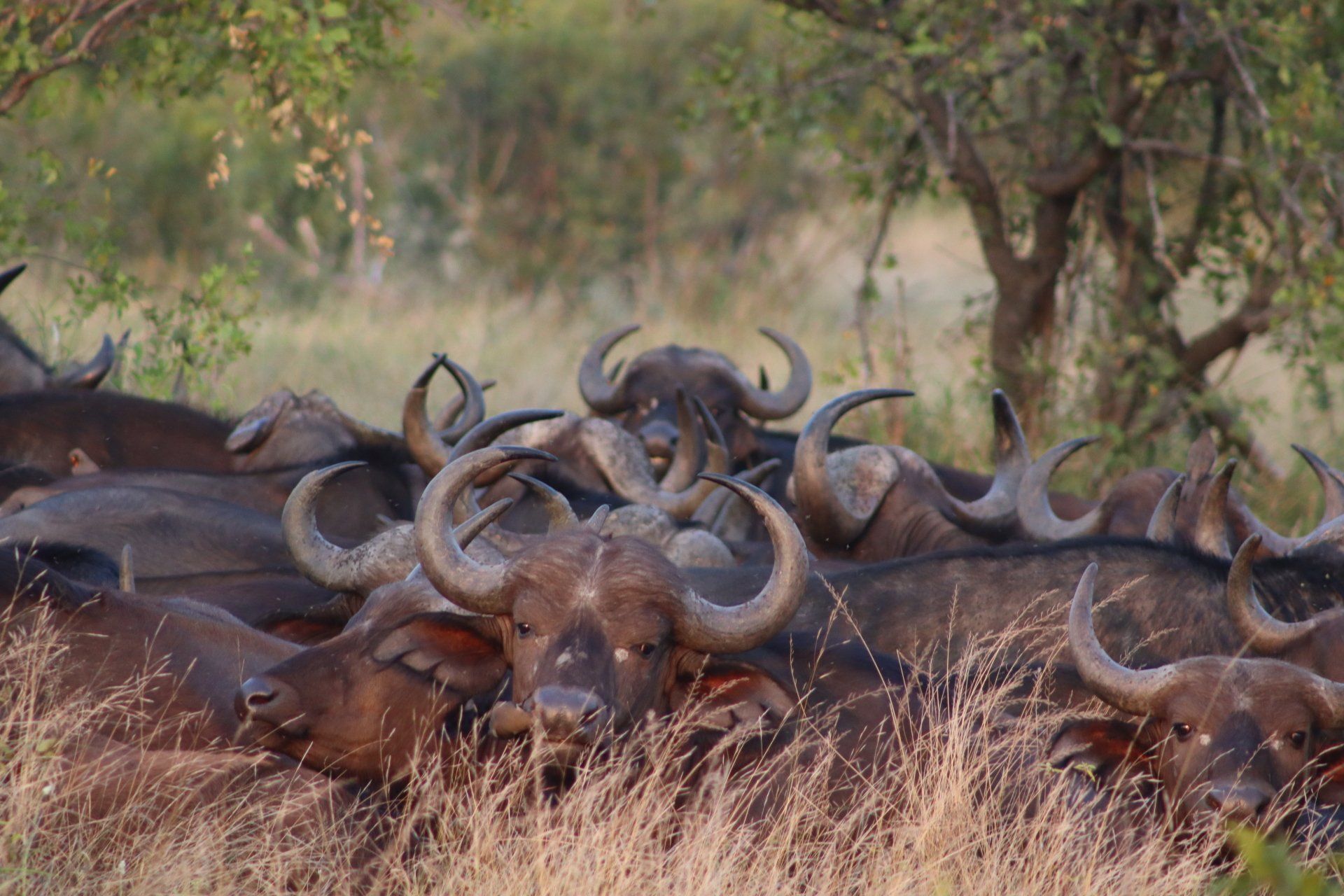
There's more to Cape buffalo than meets the eye!
They're the most irascible of the legendary Big Five, and probably the most underrated, but don't be fooled by the bovine habits of Cape buffalos because these guys mean business, and are far more than just cows on steroids!
Famed for their unpredictable temperament and impressive horns, the Cape buffalo is the largest and most widespread of the four sub-species of the African buffalo and is found in Southern and East Africa. It's the largest and most formidable of the African bovids and has a reputation to match.
The Cape buffalo is probably the most grumpy of all of Africa's megafauna. Buffalos always looks at you like you owe them money. They're impossible to read and it's this aspect that makes them one of the most dangerous animals in the African bush. They never give a "tell" sign to let you know when they've had enough or have taken a dislike to you - they just charge. So we always show them huge respect when out on game drives.
Congregating in huge herds, sometimes more than 1000 strong, buffalo are bulk grazers eating mainly grass and will spend most of their day eating. Herds are dominated by large bulls who are recognisable by their huge horns that meet in the middle of their forehead forming a helmet-like structure called a boss. Cows do not have a boss, and their horns are generally narrower and more clearly demarcated.
Bulls use their horns and bosses to establish dominance in the herd, frequently sparring with one another and sometimes injuring one another in the process. The tips of those horns are extremely sharp and can inflict serious, often lethal wounds. They are not afraid to launch counter-attacks on predators like lion, sometimes goring them to death in the process.
Cape buffalos are not gifted when it comes to eyesight and hearing, but their sense of smell is well developed. They are good swimmers and will often be seen crossing rivers and wallowing in the shallows of dams and waterholes, loving the mud which acts as an insect repellant.
Where there are buffalo there are oxpeckers - we have both red-billed and yellow-billed here on the Klaserie. These little birds keep parasite numbers down, feeding on the ticks and biting flies that plague buffalos wherever they go. You'll often see egrets moving with buffalo herds, feeding on the insects and other creatures disturbed as they graze in long grass.
You'll see buffalo calves all year round. There is no set breeding season for Cape buffalo but they generally calf at the start of the rainy season, and mate again in the late summer so the calves will be born 11 months later, when the grazing is at its best. The calves are hardy and can stand within 10 minutes of being born. They are fiercely protected by the herd which always keeps them in the centre, surrounded by a sea of sharp horns.
As the bulls get older and past their prime, they leave the herd and become either solitary or form small groups with other, older bulls. You'll often see them wallowing in mud together. The local vernacular for mud is "dugga" so these bulls become known as "dugga boys".
